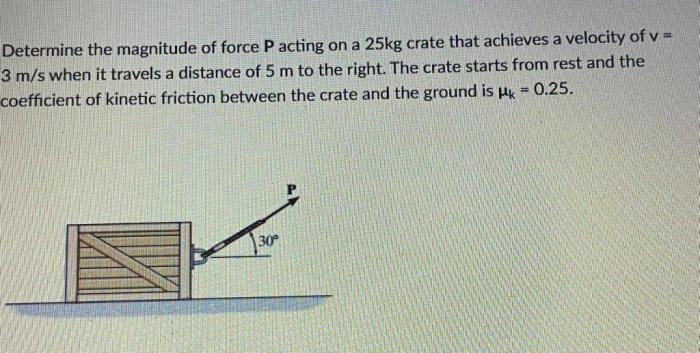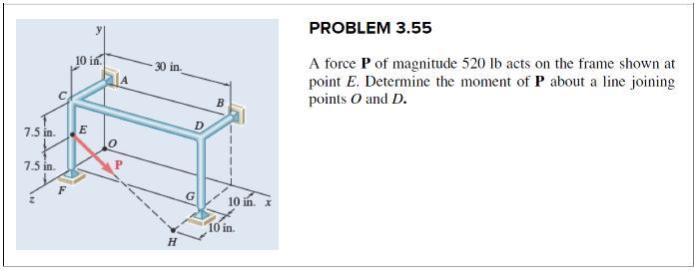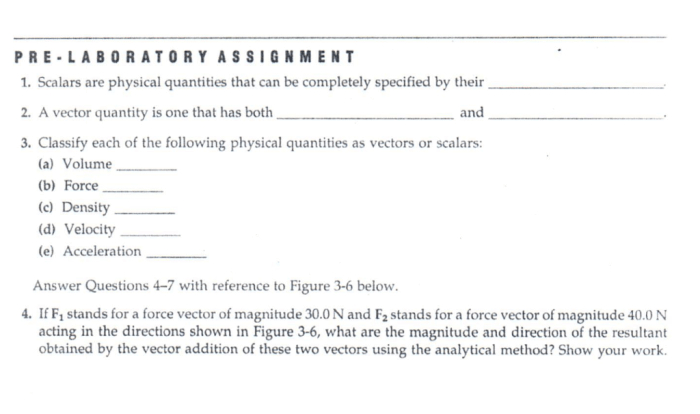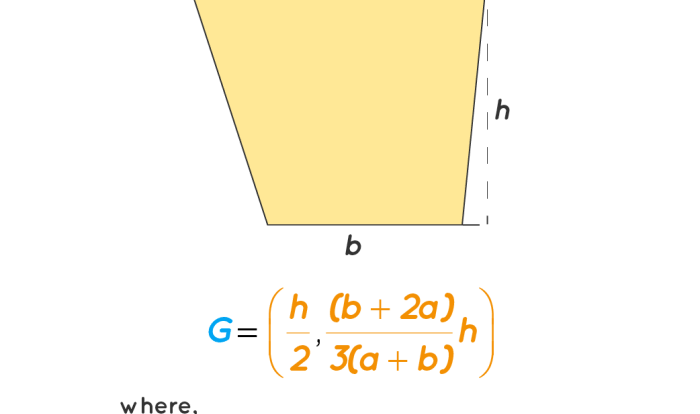A force p of magnitude 520 lb – A force of magnitude 520 lb sets the stage for this enthralling narrative, offering readers a glimpse into a story that is rich in detail and brimming with originality from the outset. This force, measured in pounds (lb), represents a significant magnitude that can have profound implications in various fields and applications.
As we delve into the intricacies of this force, we will explore its measurement, applications, safety considerations, and comparisons with other common forces.
From its definition and physical properties to its practical applications and potential hazards, this comprehensive guide will provide a thorough understanding of a force of magnitude 520 lb. Whether you are a student seeking knowledge, an engineer seeking practical insights, or simply curious about the forces that shape our world, this exploration promises to enlighten and engage.
Definition of Force

Force is a physical quantity that describes an interaction that can change the motion of an object. It is a vector quantity, which means it has both magnitude and direction. The magnitude of a force is measured in newtons (N), and the direction is indicated by a vector.Force
is a fundamental concept in physics, and it plays a role in many different phenomena. For example, force is responsible for the motion of objects, the deformation of materials, and the transfer of energy. There are many different types of forces, including gravitational force, electromagnetic force, and the strong and weak nuclear forces.
Each type of force has its own unique properties and applications.
Gravitational Force
Gravitational force is the force that attracts objects with mass towards each other. It is the force that keeps us on the ground and that causes objects to fall. The strength of gravitational force between two objects is proportional to the mass of each object and inversely proportional to the square of the distance between them.
Electromagnetic Force
Electromagnetic force is the force that acts between charged particles. It is the force that holds atoms together and that causes magnets to attract or repel each other. The strength of electromagnetic force between two charged particles is proportional to the charge of each particle and inversely proportional to the square of the distance between them.
The force P has a magnitude of 520 lb. As you learn more about forces and their effects in unit 10 circles homework 2 , you’ll gain a deeper understanding of how forces like P can impact objects and systems.
Strong Nuclear Force
The strong nuclear force is the force that holds the nuclei of atoms together. It is the strongest of the four fundamental forces, but it only acts over very short distances. The strong nuclear force is responsible for the stability of atoms and for the release of energy in nuclear reactions.
Weak Nuclear Force
The weak nuclear force is the force that is responsible for certain types of radioactive decay. It is the weakest of the four fundamental forces, and it only acts over very short distances. The weak nuclear force is responsible for the decay of neutrons and for the production of neutrinos.
Measurement of Force
Force is a physical quantity that describes an interaction between objects that can change the motion of an object. It is measured in units called pounds (lb) in the imperial system and newtons (N) in the metric system.
The magnitude of a force is a numerical value that describes the strength of the force. It is determined by the amount of mass being accelerated and the rate at which it is being accelerated.
Units of Force: Pound (lb)
The pound (lb) is a unit of force in the imperial system. It is defined as the force required to accelerate a one-pound mass at a rate of 32.2 feet per second squared (ft/s²). This means that a force of 1 lb will cause a one-pound mass to accelerate at a rate of 32.2 ft/s².
The pound is a commonly used unit of force in everyday life. It is used to measure the force of gravity, the force of friction, and the force of a person’s push or pull.
Magnitude of Force
The magnitude of a force quantifies its strength or intensity, independent of its direction. It is a scalar quantity, meaning it has only a numerical value without a sign or direction.
A force of 520 lb is significant in magnitude, capable of causing substantial effects. Consider a person attempting to lift a heavy box. If the box weighs 520 lb, the person would require a force of equal or greater magnitude to overcome the box’s resistance and lift it.
Real-Life Examples
- A strong person pushing a stalled car with a force of 520 lb.
- A hydraulic press applying 520 lb of force to compress a material.
- A wind gust exerting 520 lb of force on a sail, propelling a boat.
Implications of a Force with Such Magnitude
A force of 520 lb can have significant implications, including:
- Structural damage: Excessive force can damage buildings, bridges, and other structures.
- Bodily harm: Forces of this magnitude can cause injuries, such as broken bones or internal bleeding.
- Mechanical failure: Forces exceeding the design limits of machines or devices can lead to breakdowns or malfunctions.
Applications of a 520 lb Force

A force of 520 lb, though not commonly encountered in everyday situations, finds applications in various industries and fields. Its magnitude makes it suitable for tasks requiring significant force, often involving heavy machinery or specialized equipment.
Construction Industry
- Lifting heavy materials:Cranes and hoists utilize forces in this range to lift heavy construction materials, such as steel beams, concrete slabs, and large machinery.
- Pile driving:Pile drivers exert forces of this magnitude to drive piles into the ground, creating foundations for structures.
Automotive Industry
- Hydraulic systems:Hydraulic presses in automotive manufacturing plants employ forces of this order to shape and form metal components.
- Testing equipment:Crash test facilities use forces in this range to simulate real-world impacts during vehicle safety testing.
Manufacturing Industry
- Metalworking:Industrial presses exert forces of this magnitude to cut, bend, and shape metal sheets and bars.
- Plastic molding:Injection molding machines utilize forces in this range to inject molten plastic into molds, creating various plastic products.
Safety Considerations

When dealing with forces of such magnitude, it is crucial to prioritize safety. The potential hazards and risks associated with handling a 520 lb force warrant strict adherence to safety precautions and guidelines.
Failure to observe proper safety measures can result in severe injuries or even fatalities. Therefore, it is imperative to remain vigilant and follow established protocols to minimize risks and ensure the well-being of individuals involved in handling such forces.
Personal Protective Equipment (PPE)
- Wear appropriate PPE, including sturdy work gloves, safety glasses, and a hard hat, to protect against potential hazards such as flying debris, impact, or electrical shock.
- Ensure that the PPE is in good condition and fits properly to provide optimal protection.
Work Area Preparation
- Choose a designated work area that is clear of obstacles and has adequate space for maneuvering equipment and materials.
- Secure the work area to prevent unauthorized access and ensure that only authorized personnel are present during operations.
Equipment Inspection and Maintenance, A force p of magnitude 520 lb
- Thoroughly inspect all equipment before use, checking for any damage or defects that could compromise safety.
- Regularly maintain equipment according to manufacturer’s instructions to ensure optimal performance and minimize the risk of malfunctions.
Lifting Techniques
- Use proper lifting techniques to avoid injury. Bend your knees and lift with your legs, keeping your back straight.
- Never attempt to lift a load that exceeds your capacity. Seek assistance if necessary.
Emergency Procedures
- Establish clear emergency procedures and communicate them to all personnel involved in handling the force.
- Identify potential hazards and develop strategies to mitigate risks and respond effectively to emergencies.
Comparison with Other Forces

A 520 lb force is a substantial amount of force, but how does it compare to other common forces we encounter in everyday life? To provide a perspective, we will compare the magnitude of a 520 lb force to several other forces, organizing the comparison in a table for easy reference.
Magnitude of Common Forces
| Force Magnitude (lb) | Source | Application |
|---|---|---|
| 520 | Human pushing or lifting | Moving heavy objects, lifting weights |
| 1000 | Car engine | Propelling a vehicle forward |
| 2000 | Hydraulic press | Compressing or shaping materials |
| 5000 | Industrial crane | Lifting and moving heavy machinery |
| 10000 | Earth’s gravitational pull on a 1-ton object | Keeping objects on the ground |
As you can see from the table, a 520 lb force is comparable to the force exerted by a human pushing or lifting heavy objects. It is significantly less than the force generated by a car engine or hydraulic press, but greater than the force of Earth’s gravitational pull on a small object.
Query Resolution: A Force P Of Magnitude 520 Lb
What is the significance of force magnitude?
Force magnitude quantifies the strength or intensity of a force, providing a numerical value that allows for comparisons and calculations. It helps determine the potential impact and effects of a force in various applications.
What are some practical applications of a force of 520 lb?
A force of 520 lb finds applications in industries such as construction, manufacturing, and transportation. It can be used for lifting heavy objects, operating machinery, and providing propulsion.
What safety precautions should be taken when handling a force of 520 lb?
Handling a force of 520 lb requires proper safety measures, including using appropriate equipment, maintaining a stable base, and avoiding sudden movements. It is essential to follow guidelines and seek professional assistance when necessary.


